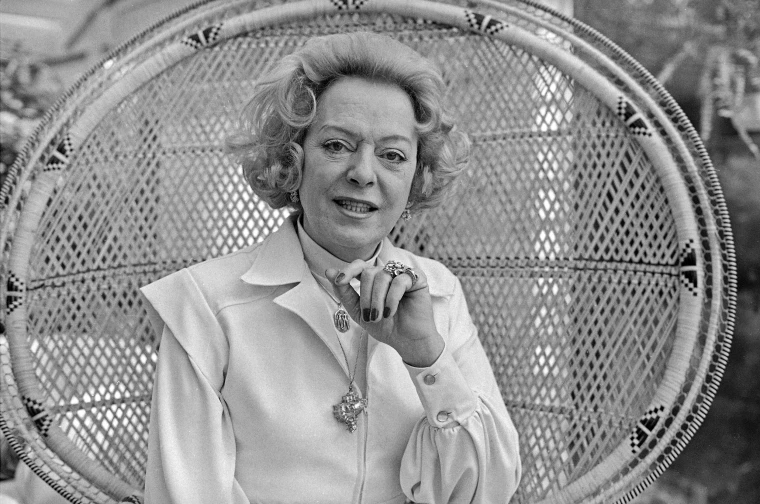Purposeful present uncovers pivotal past
As both a history nerd and a woman of transgender experience, Jorgensen was my first introduction to a depiction of transgender people who reflected my story.”
November 2, 2021
I was sure I wouldn’t win. With an ear half turned to the assembly speakers, I heard a long list of names followed by applause. I assumed these students were candidates for The History Prize, and the rest of us seniors would sit back and wait for the top three to be drawn from that list.
To be fair, I knew my research paper was some high-quality stuff. No amount of self-deprecation can keep me from admitting that. I had used an impressive range of primary sources, from newspaper exposés and radio interviews to word-frequency charts on the Google Ngram Viewer. And I knew I was addressing an important, little- known topic. But I didn’t think people would care.
I wrote my U.S. history project about Christine Jorgensen, the first American to undergo a gender transition, which was publicized in tabloids across the country. Jorgensen was born in 1926 in Brooklyn, NY, and served as a soldier in World War II before beginning her transition from male to female around 1950. She went to Copenhagen, Denmark, for hormonal and surgical treatment.
When Jorgensen returned to the U.S. in 1953, she found a crowd of photographers and journalists entranced by her elegant appearance and novel story.
It seemed strange to me that, at a time when the U.S. routinely persecuted and imprisoned other LGBT people, an openly transgender woman could not only find relative acceptance in her community but also strong public support and a vast media presence. How did Christine Jorgensen do this?
The conclusion I came to was, effectively, camouflage. Christine Jorgensen blended into post-war American culture, which emphasized homogeneity and a conservative lifestyle. In the era of white picket fences and girls in matching poodle skirts, Jorgensen had a Marilyn Monroe-esque look. Her hair, naturally blonde, was curled and shoulder-length, her clothing fashionable. For makeup, she wore a red lip like the classic film stars of the time.
She had a presence in high-class society, attending Scandinavian-American society galas and speaking at nightclub events and university lectures alike. In interviews, Jorgensen also separated herself from other queer communities and expressed a negative view on cosmetic surgery, avoiding two damning associations in the conformist culture of 1950s America. Thus, I titled my research paper: “Christine Jorgensen: Conservative America’s Favorite Reformer.”
By the end of her life, Jorgensen made huge progress in the transgender rights movement. I would even credit her with creating the modern foundations for transgender awareness and equality in the U.S. But I didn’t study Christine Jorgensen only for her contributions to social progress.
Christine Jorgensen is a personal inspiration for me. I am quite a traditional person in many ways: I am spiritual and somewhat religious; I am cautious and quiet in activism; I am generally comfortable with what is expected of me; and I don’t tend to push many boundaries. And, with a penchant for sweaters and long flowy skirts, I dress quite modestly, too.
This is not a brand of “transgender” I ever saw in media either for or against our community. Transgender people are often portrayed as strange or rule-breaking in some way. In the media, they often dress in bold colors and avant-garde clothing and bear a gender- bent appearance that doesn’t capture the more binary, traditional experiences like mine. Not that there is anything wrong with such a style or visage. It just isn’t me.
My research into Christine Jorgensen’s life was as much a personal project as it was a historical one. I didn’t expect others to take such an interest in Jorgensen’s life because, to me, it’s just normal life. It’s her experience and, to a large extent, mine. I doubted anyone would care to hear about my often-uneventful day-to-day life and, by extension, assumed no one would be interested in her story. But I was delightfully mistaken.
When I sat in my front-row chair at that Friday assembly, the applause when my name was called shocked me. Not only did I not expect to win, but I never expected people to clap like they did. They were clapping for Christine’s story. They were clapping for my research. And, most importantly, they were clapping for me.

